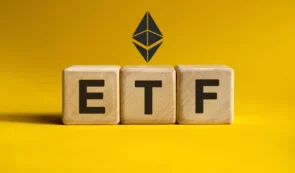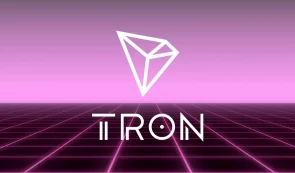Ethereum Supply is Declining with Rise in Network Activity

Ethereum - the second-largest cryptocurrency by market cap - has been experiencing a significant rise in network activity.
With the adoption of a recent upgrade known as EIP-1559, the network has become a deflationary asset since mid-January. This upgrade permanently removes a percentage of the transaction fee from Ethereum’s circulating supply each time an ETH transaction is sent.
Effect of increased network activity on Ethereum supply
The more adoption, interest, and trading volume the Ethereum network sees, the more scarce the asset can become. This has caused a decrease in the overall supply of ETH this year, as tracked by Ultrasound.Money.
Since the upgrade was merged into Ethereum 158 days ago, 28,730 ETH worth $48,885,818 has been burned.
READ MORE: SEC to Vote on New Rules Impacting Crypto Services
Shanghai upgrade and Ethereum development
The Ethereum network is now preparing for the Shanghai upgrade, another significant upgrade that is expected to occur next month. This upgrade will release $25 billion worth of ETH that has been locked in early staking contracts.
After the Shanghai upgrade, Ethereum developers will focus on implementing new features such as sharding and zero-knowledge proofs.
Sharding will enhance the blockchain’s scalability by allowing the network to perform parallel processing. This feature will improve the speed and efficiency of transactions. Zero-knowledge proofs enable enhanced privacy by allowing users to authorize transactions without revealing any identifiable information.
In conclusion, the recent upgrade, EIP-1559, has made ETH a deflationary asset, decreasing its overall supply. With the upcoming Shanghai upgrade and the implementation of new features such as sharding and zero-knowledge proofs, the Ethereum network is poised for further growth and development.
















